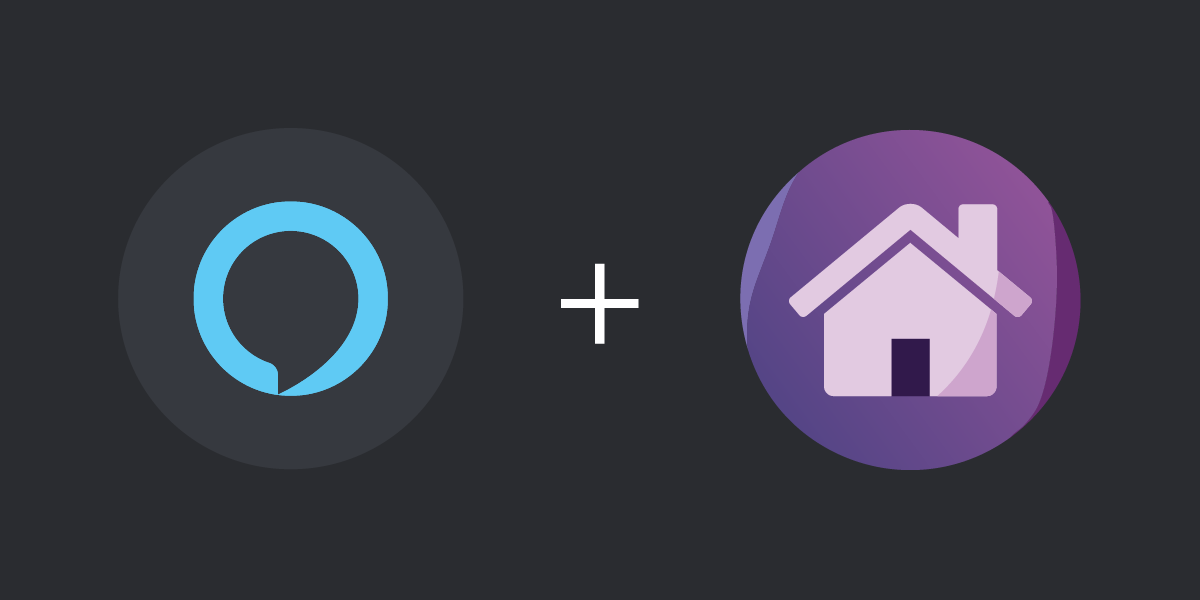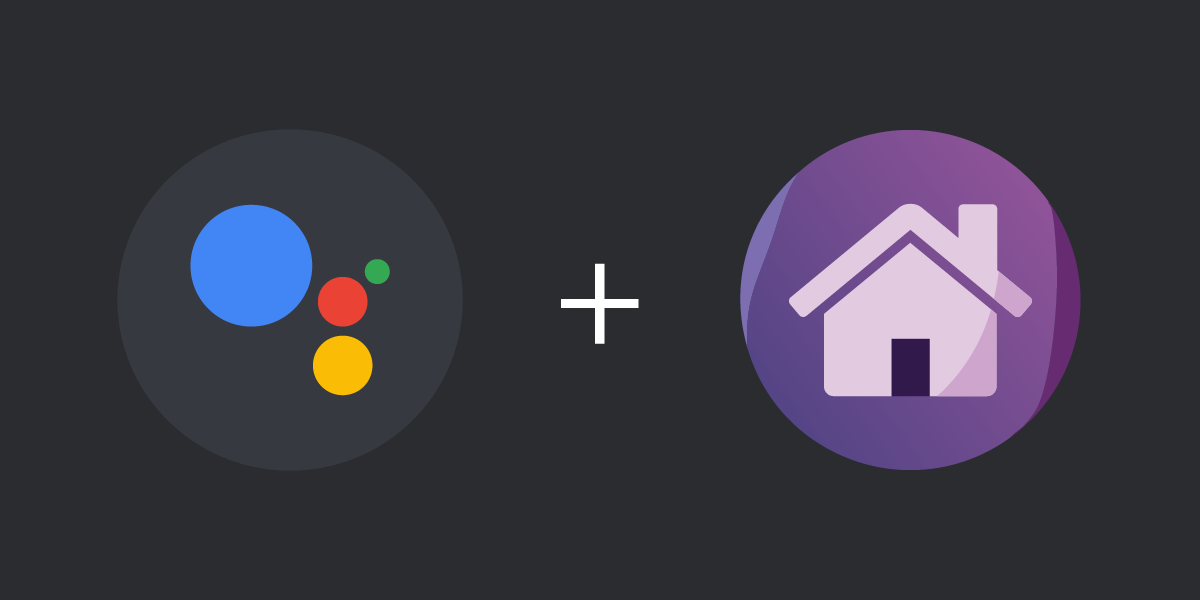
Introduction
Home Assistant is an incredible piece of technology. It gives you control over just about every device in your home, from Lutron and Hue lights to Nest thermostats, motion detectors, alarm systems, TVs, garage doors, and more.
You can level up your Home Assistant by enabling remote access, which allows you to check in and control your home from anywhere. But be careful; since Home Assistant holds a lot of power over your home, you want to use a secure remote access solution.
Here are the top remote access solutions for Home Assistant, along with the pros and cons of each.
Nabu Casa is the remote access solution the Home Assistant team offers, known for its privacy and security commitments. It provides private and secure remote access and is built into Home Assistant.
Pros
- Easy to set up. No technical knowledge is required.
- Easy remote access on any device.
- Supports Amazon Alexa and Google Assistant.
- Supports end-to-end encryption.
- Strong privacy and security commitments.
- Supports Home Assistant.
Cons
- No free usage, $5.50/month for unlimited usage.
- Exposes your local Home Assistant to the public internet.
Nabu Casa's remote access is done by generating a unique DNS name for your Home Assistant, with which anyone with the DNS name can access your local Home Assistant. The advantage of this approach is it's possible to have end-to-end encryption. The downside is that the DNS names can be found publicly, and they expose the entire Home Assistant API surface to the public internet. It also relies on your local Home Assistant account's security as the only layer of security.
Homeway is a community project with a mission to empower the Home Assistant community with free, secure, and private remote access to Home Assistant.
Pros
- Free for limited monthly use, $2.49/month for unlimited usage.
- No public exposure of your Home Assistant to the internet.
- Supports Amazon Alexa and Google Assistant.
- Instant and easy remote access on any device.
- Easy to set up. No technical knowledge is required.
- Built on a worldwide server network, creating super-fast connections.
- Strong privacy and security commitments.
Cons
- Second layer of security makes end-to-end encrypted impossible.
Homeway's remote access has no public Internet exposure of your Home Assistant.
Homeway uses two layers of security for remote access. You must first log into your Homeway account for remote access, and then your local Home Assistant account to access Home Assistant. This two-layer approach is more secure, but the downside is Homeway can't offer end-to-end encryption. However, Homeway's Security Commitments explicitly cover that all remote access data is immediately destroyed after tunneling and isn't stored in any way.
Tailscale is a newly popular VPN solution that offers an easy setup and minimal configuration and is end-to-end encrypted. Tailscale requires users to install their app on all systems they want to be able to access remotely and to keep the VPN enabled for remote access.
Pros
- Free for individuals, with unlimited use.
- Setting up is not too hard; it requires installing apps on your devices and minimal configuration.
- End-to-end encryption.
- Connections can be established peer-to-peer, allowing fast connections.
- Strong corporate security and privacy commitments.
- Used by thousands of individuals and enterprises.
Cons
- No Alexa and Google Assistant support.
- Requires apps to be installed that must be connected to the VPN for remote access.
- Finding the correct website for remote access can be tricky since it's a VPN IP address.
Cloudflare tunnels are a new Tailscale-like VPN option for remote access to Home Assistant. They are free for individuals and offered by CloudFlare, a prominent and trusted internet company.
Pros
- Free for individuals, with unlimited use.
- End-to-end encryption
- Built on a worldwide network of fast servers.
- Strong corporate security and privacy commitments.
- Used by thousands of individuals and enterprises.
Cons
- Is tricky to setup.
- Less secure than Tailscale.
There are many different VPN servers that are possible to set up. VPNs are the most manual way to set up remote access, but they are totally free and under your control. However, you must be careful to configure VPNs correctly and update them manually. They can be a great and free solution if you're techy and know what you're doing.
Pros
- Free for unlimited use.
- End-to-end encrypted with private keys only you generate and have.
- Connections can be established peer-to-peer, allowing fast connections.
Cons
- No Alexa and Google Assistant support.
- Can be confusing to set up.
- If set up incorrectly, VPNs can publicly expose your Home Assistant instance to the public internet.
- Requires port forwarding on your router, which exposes the VPN server to the public internet.
- Requires a static home IP address or the use of a dynamic DNS service.
- Requires a VPN configuration on your phone that must be connected to for remote access.
Port forwarding is possible, but it's not recommended. Port forwarding is assigning a port number on your public IP address to map to an internal device, which would be the device running Home Assistant.
Most home ISPs will not allow you to port forward the typical HTTP and HTTP ports, 80 and 443. You also know your home IP address, which can either be static or set up with a dynamic DNS server. If you use port forwarding, it's also critical that you lock down your Home Assistant server and set up strong SSL for your web access.
The security community considers Port forwarding to be a thing of the past. Now that there are modern, strong security, and free solutions like Homeway and Tailscale, there's little justification for exposing your home network to the public internet as port forwarding does.
Conclusion
Homeway and Nabu Casa are great options for integrated remote access for Home Assistant. There are pros and cons of each, as discussed above. Since they are deeply integrated into Home Assistant, they make it easy to start remote access and offer integrations like Alexa and Google Assistant.
Tailscale and Cloudflare Tunnels are great options that require more fuss to setup and maintain, but offer totally free and secure remote access.
What do you think? We would love to hear your feedback on our top remote access list. We will keep it updated over time as the services evolve and change!



